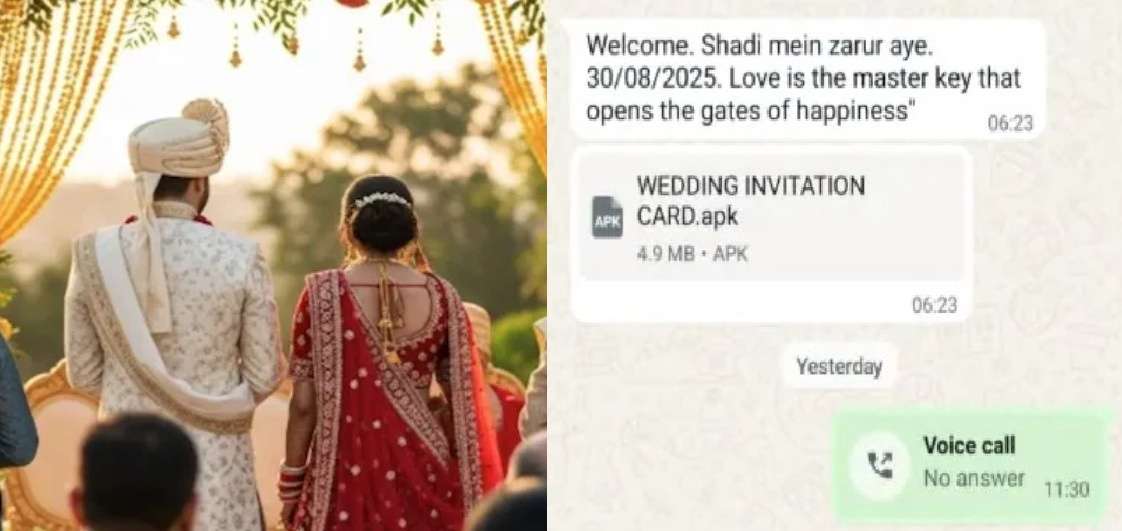September 17 Commemorations Reveal Stark Contrasts in Parties’ Narratives
As September 17 approaches, political parties across Telangana are preparing to observe the day with sharply different themes, revealing deep ideological divides over the historical significance of Hyderabad Liberation Day.
In March 2024, the central government officially declared September 17 as ‘Hyderabad Liberation Day’ to commemorate the annexation of the erstwhile Hyderabad State into the Indian Union following Operation Polo in 1948 — a military action that ended the Nizam’s rule.
Centre’s Event: Nationalism and Military Pride
The Union Government, led by the BJP, will host its fourth consecutive year of celebrations at the Parade Grounds in Secunderabad, with Defence Minister Rajnath Singh as the chief guest.
Key highlights:
- National flag hoisting by Rajnath Singh
- Parade by Central Armed Police Forces (CAPF)
- Cultural programs showcasing Telangana’s heritage
- Unveiling of a statue of Atal Bihari Vajpayee
The central celebration, organised by the Ministry of Culture, emphasizes the BJP’s portrayal of the day as a liberation from autocratic rule and a symbol of national unity.
Congress Government: ‘People’s Governance Day’
Telangana’s ruling Congress party will observe the day as ‘Telangana Praja Palana Dinotsavam’ (People’s Governance Day). Chief Minister Revanth Reddy will lead state-level events aimed at showcasing welfare schemes and public service initiatives.
This marks a departure from the Liberation Day narrative, signaling Congress’s focus on present-day governance over historical controversies.
BRS: Emphasis on National Integration
The Bharat Rashtra Samithi (BRS), which previously ruled Telangana, continues to observe the occasion as ‘National Integration Day’ — emphasizing unity, secularism, and the composite culture of Hyderabad.
The BRS’s approach seeks to strike a more inclusive tone, while subtly challenging the BJP’s framing of the day as a military victory over tyranny.
AIMIM: Counter-Narrative with Public Engagement
The All India Majlis-e-Ittehadul Muslimeen (AIMIM) also marks September 17 as National Integration Day. Its plans include:
- A ‘Tiranga Bike Rally’
- A public meeting centered on communal harmony
The party’s observance is widely viewed as a direct counterpoint to the BJP’s narrative, promoting unity over division, especially given the sensitive historical context for the Muslim community.
Left Parties: Tribute to Telangana Armed Struggle
Left parties such as the Communist Party of India (CPI) take a different route altogether. They will commemorate the day by focusing on the Telangana Armed Struggle — a peasant-led rebellion against the Nizam, championed by communist groups in the 1940s.
This historical lens positions the struggle as grassroots resistance, separate from the military intervention of Operation Polo, and emphasizes the role of the people over state machinery in bringing about change.
Why the Divide Matters
The differing narratives around Hyderabad Liberation Day reflect broader political ideologies:
| Party/Entity | Observance Theme | Focus |
|---|---|---|
| BJP/Centre | Hyderabad Liberation Day | National pride, anti-Nizam, Operation Polo |
| Congress | People’s Governance Day | Welfare schemes, modern governance |
| BRS | National Integration Day | Unity, secular values |
| AIMIM | National Integration Day | Harmony, communal coexistence |
| CPI/Left | Telangana Armed Struggle | Peasant rebellion, grassroots movement |
The day’s significance lies not just in its historical past but in how it is politically reinterpreted — often to serve contemporary narratives.
As India marks another Hyderabad Liberation Day, the range of commemorative events planned across Telangana illustrates how history remains a battleground of interpretation. Whether framed as liberation, integration, or people’s resistance, September 17 has evolved into a mirror reflecting the deep ideological divides in India’s political landscape — where memory, identity, and governance intersect.



